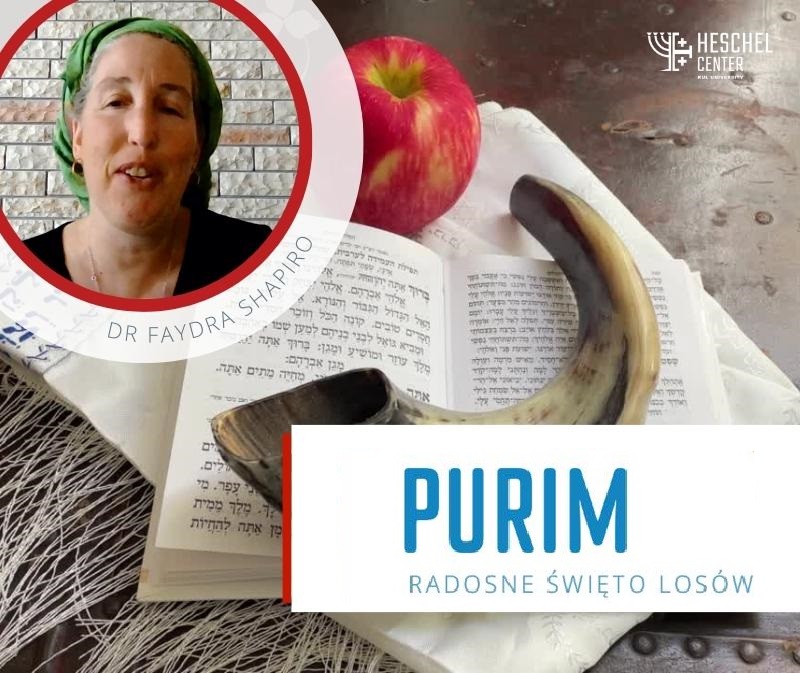The customs and the hidden meaning of the feast of Purim

Saved from extermination
Purim is the day where we celebrate being saved from extermination at the hands of the advisor to the Persian king as is told in the Book of Esther. I’m sure you’re all familiar with the story, but briefly, Haman was a royal official in the court of Ahasverush (King Xerxes I) who received a nice promotion from the king. Everyone bowed down to this high-ranking official, except for Mordechai the Jew, who refused – the text implies – for religious reasons. As a result of this “insult,” Haman decides to take revenge on the whole Jewish people, putting a little word in the king’s ear that there is this nation living among them that is loyal to their own laws and not to those of the king. Little does the king know, however, that his beloved queen is herself Jewish. Thanks to her careful words and actions, the threat to the Jews was averted, Haman and his sons were hung on the gallows, and the there was “light and gladness, joy and honor” for the Jews in the city. The book of Esther is a drama filled with surprises, humor, feasting, villains, hidden identities, drinking, plots, violence, heroes and beautiful women.
Some Purim customs
In celebrating Purim we enter into these events very closely, fasting in support of Queen Esther as did the Jews of Shushan on the 13th of Adar, and then celebrating Purim itself as the text indicates, by sharing gifts of food and drink to one another, giving special charity to the poor, and eating a meal of celebration. We also read the scroll of Esther aloud in synagogues. Those are kind of the “religious” elements, but there is much more.
Purim is also a holiday replete with customs that while not required, often give a special flavor to the celebration. While no one is sure where it comes from, it has become common to wear costumes for Purim. Interestingly, some scholars suggest that this was derived from Mardi Gras celebrations. It is also popular to have parades, to drink (sometimes excessively) and to eat special triangular filled cookies, in Israel called “Haman’s ears”.
The hidden meaning of Purim
One of the challenges - and opportunities - at Purim is the fact that none of this seems particularly “godly”, all that drinking and costuming. In fact, God doesn’t even make a clear appearance in the Hebrew text of Esther, a fact that is true of only one other book in the Bible. And perhaps this is precisely part of the point. One of the core themes for understanding the book of Esther is to be found in 9:1, vanahafoch hu – “and the opposite happened”. In the text we see that there is “the way things are” and then “the opposite happened” the powerful are humbled, the weak get to take revenge, plans collapse, accidents happen, sackcloth turns into royal robes. The text, and the holiday of Purim itself – help to remind us that things are seldom what they seem to our eyes: there is order behind what seems to be random, a direction to things that seem chaotic, and a Presence to be found even where we find it hard to discern.
About the author:
Dr. Faydra Shapiro is a specialist in contemporary Jewish-Christian relations and is the Director of the Israel Center for Jewish-Christian Relations. She received the National Jewish Book Award for her first publication (2006). Her most recent book, with Gavin d'Costa, is Contemporary Catholic Approaches to the People, Land, and State of Israel. Dr. Shapiro is also a Senior Fellow at the Philos Project https://philosproject.org and a Research Fellow at the Center for the Study of Religions at Tel Hai College in Israel https://english.telhai.ac.il.












